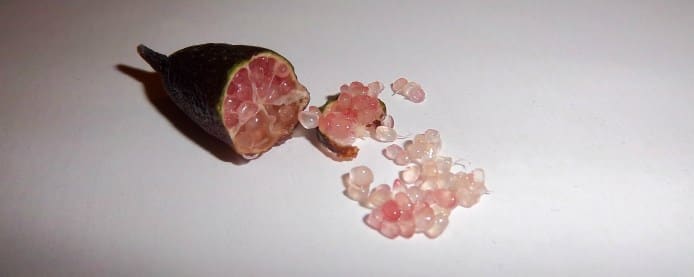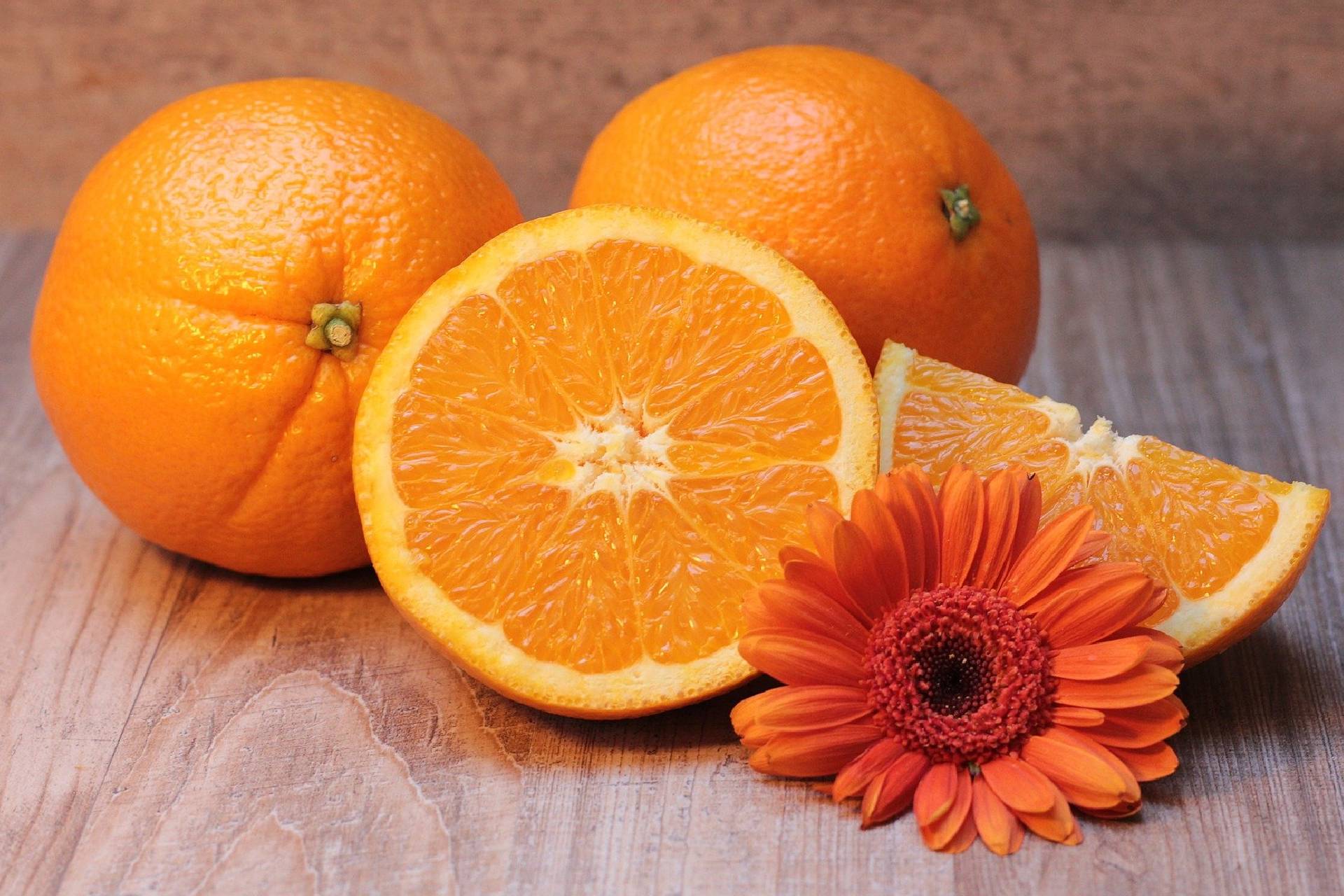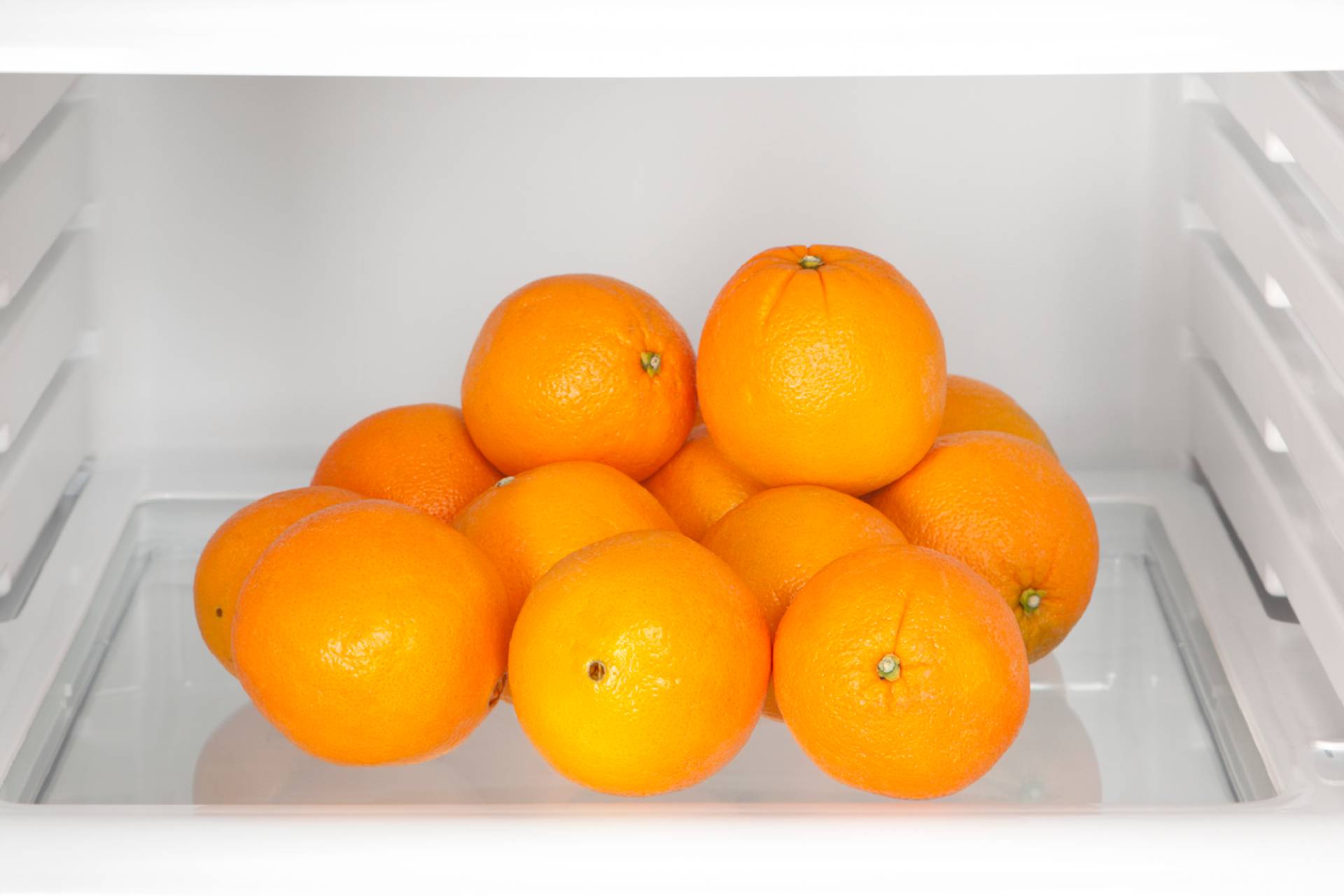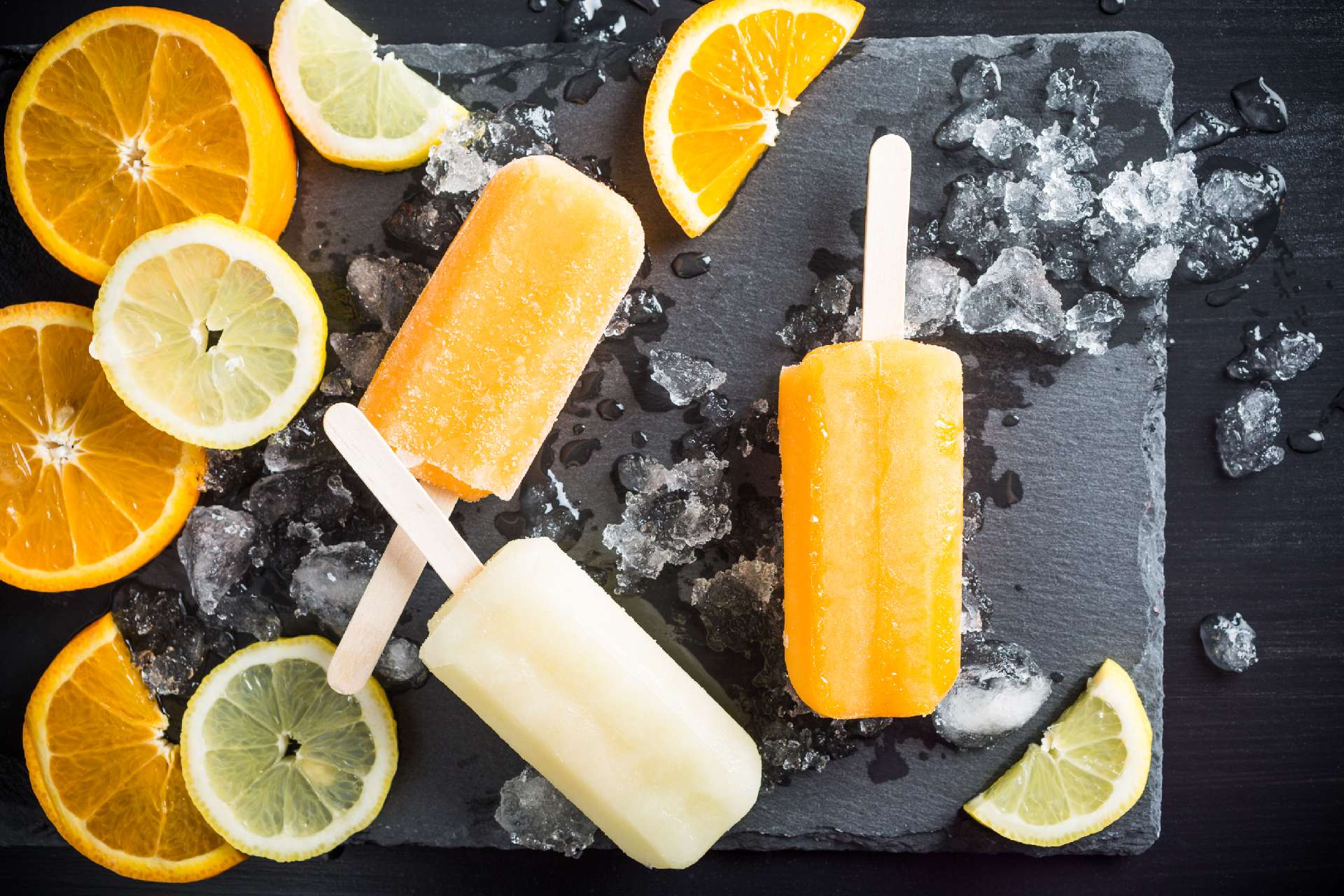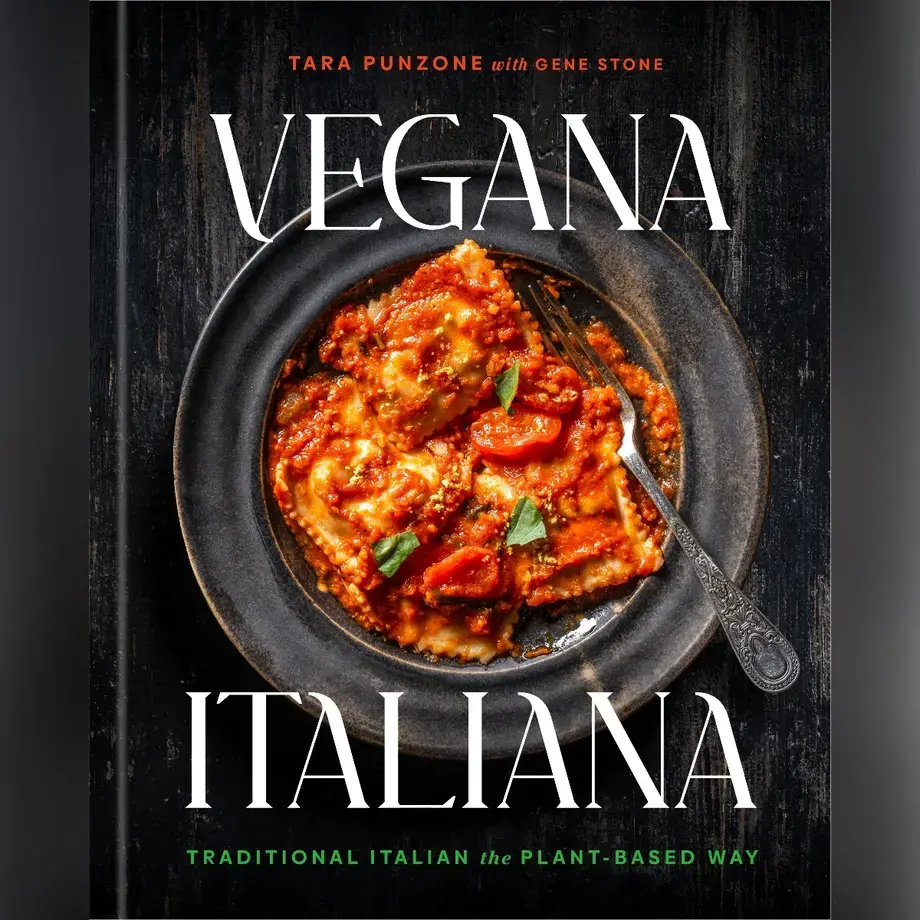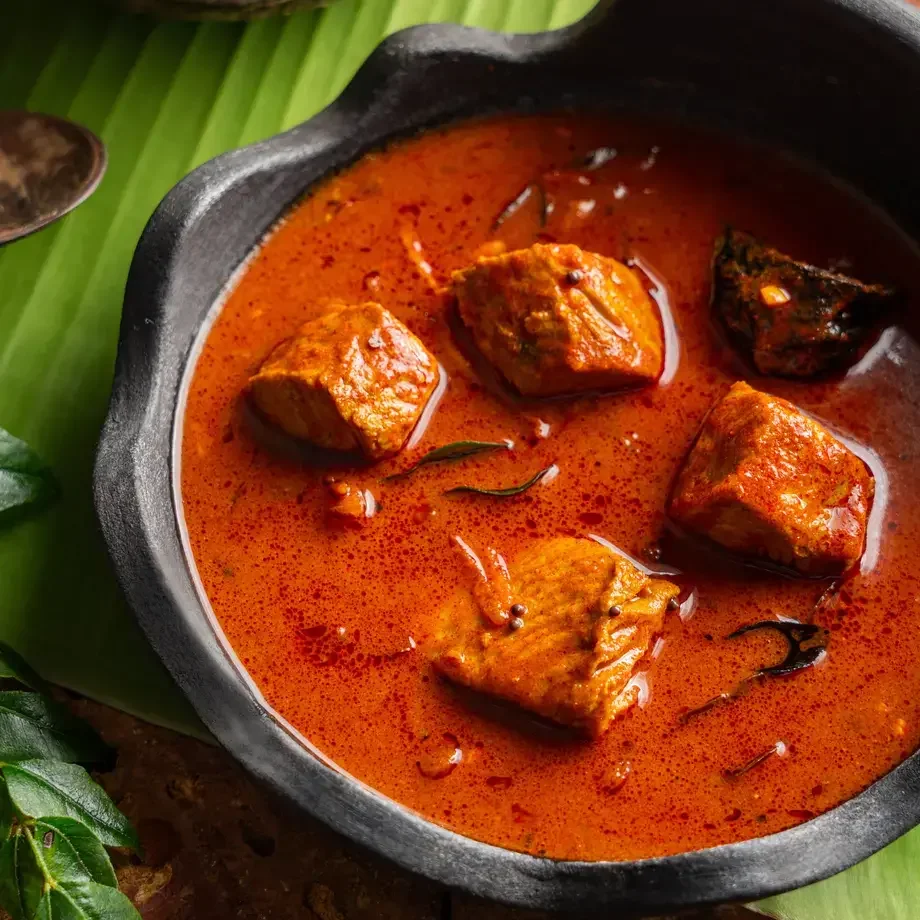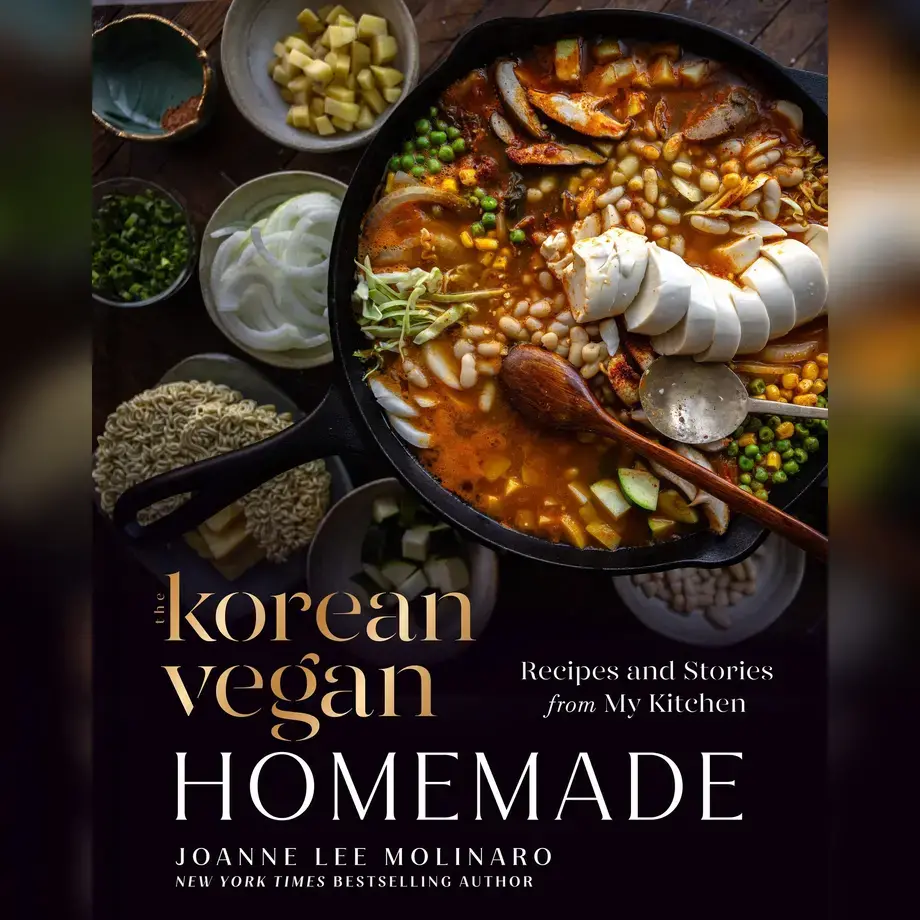One way around this is to freeze the juice, rather than the entire fruit. Fresh orange juice can be made into healthy popsicles, packed with vitamin C, while lemon or lime juice can be frozen in ice cube trays, ready to be added to recipes that call for some added zest. You can also freeze thin slices of citrus to flavour water, tea or cocktails by placing them in the freezer on a cookie tray, then transferring them to a Ziploc® bag when frozen.
To pickle or to can
If you don’t want to risk freezing your citrus fruit, you can always try out a more old-fashioned method, like pickling or canning. Pickling citrus fruits is actually fairly straightforward. Simply make a few deep incisions with a sharp knife, and stuff each incision with sea salt, then place inside an airtight mason jar and cover with water. Add some herbs and spices to enhance the flavour, then seal the jar and leave in a cool dry place for at least three weeks before reopening. Pickled citrus fruits can be eaten with fish, salads or rice, and should keep for up to six months.
Canning citrus fruits is also surprisingly simple, and will keep for up to nine months. Peel the fruit, remove the seeds and membrane, separate into segments, and place inside a clean jar. Next, boil six cups of sugar and water and pour over the fruit while still hot. To seal the can, submerge in boiling water for 10 minutes, then remove and leave to cool.
Make sure you buy ripe
But perhaps the simplest way to make your fruit keep for longer is to choose the right fruit to begin with, and with citrus fruit this means buying it at its ripest. Remember that citrus fruit doesn’t ripen once picked, so don’t be tempted to buy something to ripen up at home. The ripest fruits will be those with the most vibrant colouring. Anything with a dull skin has already passed its best, while large areas of green may indicate the fruit is still unripe - unless you’re shopping for limes, of course. You can also test the freshness of the fruit by squeezing it very lightly, so as not to bruise the fruit. The juiciest fruit will be firm, but with a small amount of give.
Where you buy your fruit could also have an impact on how fresh it is. If you buy from a large store, the fruit may already have spent several days in transit. Fruit from a local farmers’ market is likely to be fresher, or even better, try to find a place where you can pick your own.
Now you know how to keep your citrus fruit at its best, you can celebrate your zesty bounty with this citrus fruit and berry punch, a mouthwatering medley of oranges, lemons and lime, with sweet berries and passion fruit. The perfect, cool, refreshing drink on a hot day.
An easy way to get more citrus into your diet, this simple fennel and orange salad is the perfect combination of fresh aromatic flavours. This citrus tart with blood orange slices is an elegant Christmas dessert that will bring a tangy end to your festive meal. Combined with another festive favourite, cranberry orange scones with citrus glaze are a sweet treat you can get away with enjoying all year round.


